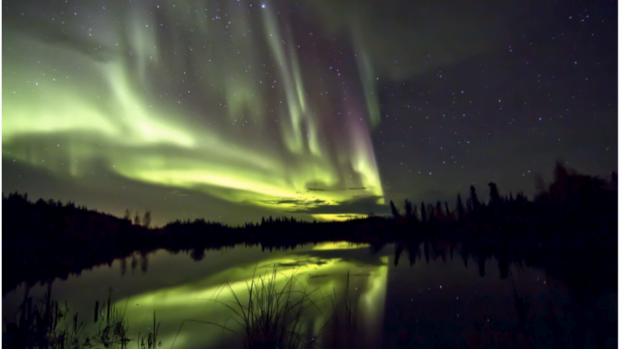
Space weather forecasters at the National Oceanic and Atmospheric Administration (NOAA) in the United States have tracked at least seven coronal mass ejections from the Sun that have reached Earth and caused various problems.
NOAA announced that these impacts will reach Earth around noon on Friday, May 10, and last through Sunday, May 11.
NOAA’s GOES-16 satellite captured the activity from sunspot AR3664 on Thursday, May 9 around 2 a.m. ET.
“This is an unusual and potentially historic event,” said Clinton Wallace, director of NOAA’s Space Weather Prediction Center.
/home embedded code/
Coronal mass ejections blast plasma and magnetic fields from the solar corona, causing geomagnetic storms as they head toward Earth. These geomagnetic storms can affect infrastructure in near-Earth orbit and on the surface, disrupting communications, power grids, navigation, radio and satellite operations.
Therefore, it was announced that the operators of these systems may take security measures. Geomagnetic storms can also cause spectacular auroral displays on Earth. A severe geomagnetic storm includes the potential for auroras as far south as Alabama and northern California.

“Introvert. Thinker. Problem solver. Evil beer specialist. Prone to fits of apathy. Social media expert. Award-winning food fanatic.”





More Stories
Two influencers drown after refusing to wear life jackets: “ruining selfies”
Uruguay 2024 election results: who won and when is the second round | Waiting to know whether there will be a runoff or not
Uruguay: Lacalle Pou leaves with his figure on the slopes | The Marcet and Asteziano scandals hit the right-wing ruler